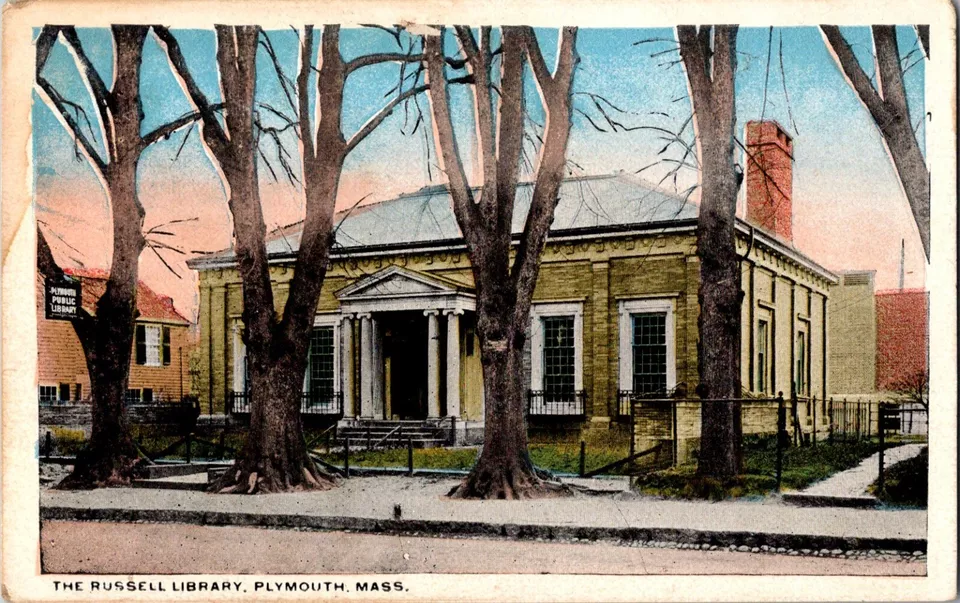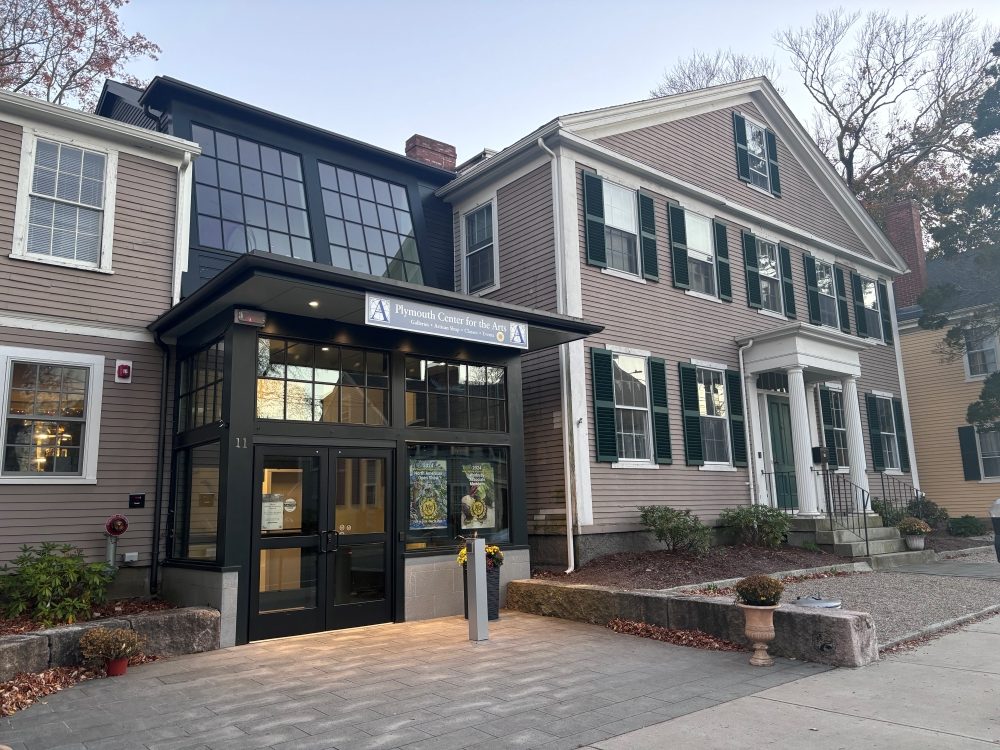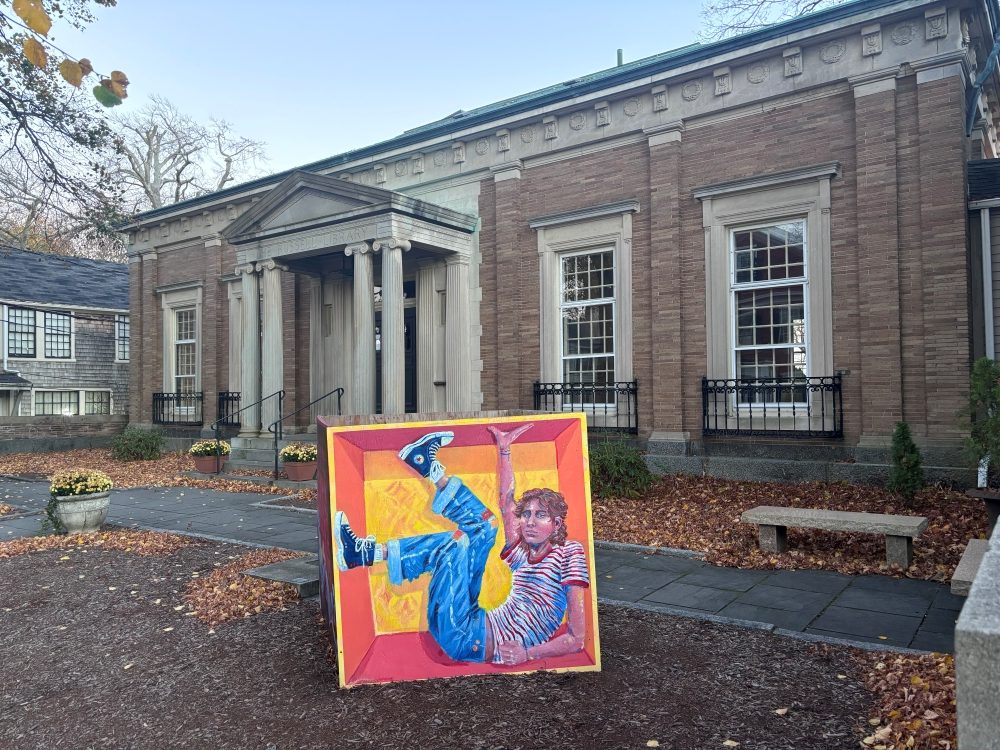This column weaves together more than 120 years of Plymouth history and personal stories. Bear with me as I tell you this tale through several unrelated chapters that in the end tell a complete story.
Part one begins in 2008 when beloved Plymouth friends relocated to Provincetown. A weekend invitation would change how I came to appreciate art in a way I had never expected. I’m an architect, so everyone assumes I’m good at math and a born artist. Neither is close to the truth.
I struggle with basic math. (Fortunately, geometry, which is at the heart of architecture, comes easily for me.) As for algebra and calculus, they are like a foreign language to my brain.
As for art, my ability to render still life and portraits is abysmal at best. I was required to take art history and appreciate the old-world masters. My exposure to modern art, however, was limited to bad paintings of sea gulls on wharf posts. That changed when I was introduced to the Provincetown Art Stroll.
Beginning at 5 p.m. on summer Fridays, the numerous galleries in Provincetown feature local and international artists. Strolling gallery to gallery, sipping wine, and enjoying appetizers is a pleasure. The art that I was exposed to opened my eyes to something entirely new. I was hooked….and my wallet took a hit more times than I care to mention.
Part two of this tale may be familiar to many residents of Plymouth.
If you grew up in Plymouth prior to the 1990s there is a good chance you spent time in the old library at 11 North St. The Russell Library was constructed in 1901 and opened in 1902. It was designed by the architectural firm of Everett and Mead of Boston. Arthur Everett and Samuel Mead were known for their work in Boston and Brookline. Their work was primarily high-end residential homes and occasional commercial buildings. Coincidentally, Everett had at one time worked for the New York firm of McKim, Mead, and White (architects of many of the country’s Gilded Age mansions) This is why the North Street building is often credited as a McKim, Mead, and White building.

The library was financed by the children of William G. Russell and May Ellen (Hedge) Russell as a memorial to their parents. Both came from prominent Plymouth families and had ties to both the Hedge House on the Plymouth waterfront and the Bartlett Russell Hedge house on the corner of Court Street and Russell Street.
The library was designed in the Beaux Arts style and constructed of Roman sized yellow brick with iron flecks (rare enough that it is no longer produced) and carved sandstone trim. Reading as a one story from the outside, it contained two stories under a large hip roof.
As a child I was exposed to the wonder of books there . . . and early terror. The library stacks filled a portion of the two-story space. The terror was instilled in me when you climbed a narrow staircase to the second floor. Thousands of pounds of books rested on an iron frame with glass (yes glass) panels for the floors. The panels moved and shifted as one walked on them. Even as an adult I was wary of walking up there.
But eventually that building outgrew its usefulness. By the 1980s it became evident that the current library would not meet the needs of an ever-growing community. A new home was sought and by 1991 the Library Corporation had built a modern building on South Street. The Russell Library and attached Lindens Annex remained empty until 2002, when the property was purchased by a local developer.
My firm was tasked with looking for options to reuse the building. We were fortunate in that the developer had no desire to cut up or destroy the interior of the Russell building. We looked at a variety of uses, including a bed and breakfast and a restaurant. But every renovation looked costly and when the economy fell, the developer chose to put the building back on the market. In 2008 the building was purchased by the town through Community Preservation Act funds with the intent of creating the new Plymouth Center for the Arts.
Part three of our story requires another look back in time. In 1967, an outdoor art show was held in the backyard of the Russell Library in an attempt to lure visitors to Plymouth after Labor Day. The success of the show prompted a move to Brewster Gardens, where the yellow tents were a favorite memory of many long-time Plymouth residents. For the next 22 years the art show lived at Brewster Gardens. But although it was a wildly popular post-Labor Day event, Brewster Gardens was always a challenging space and was subject to weather and wind.
A subsequent move to what was then Plimoth Plantation proved successful in terms of space but disastrous in terms of attendance. Following that setback, the Plymouth Art Guild, which had been founded in 1973, assumed responsibility for the show and began its quest for a permanent home. The show bounced around town until the prospect of converting the former Russell Library to its new use became a reality in 2008.

The last part of our story involves my husband’s sister Elizabeth. During a family event, she casually mentioned that several of her pieces had been selected for the annual juried art show by the Plymouth Guild. I was honestly confused. Liz’s art is not typical New England seascapes. She is an accomplished watercolorist and paints amazing still lifes with acrylics and oils. She also has a gift as a scrimshaw artist using antique ivory piano keys as a medium.
This was not what I pictured being shown at a Plymouth Guild show. I thought the art would be endless paintings of lobster buoys, sand dunes and snow fences, with maybe a few lighthouses thrown in. I couldn’t have been more wrong. The artists featured in the show we attended hailed from across the country and the artwork was equivalent to the art in the galleries in Provincetown. I was surprised and impressed.
On top of all of this were the renovated spaces of the former Russell Library and the 18th century Lindens Annex. The terrifying glass floor and iron stack structure has been removed and a soaring two-story gallery now lives in that former space. A new addition now better connects the Russell and Lindens buildings and features a two-story atrium. The former backyard has been renovated and will soon feature a sculpture garden.
In all, the Plymouth Center for the Arts is now simply jaw-dropping. The varying spaces are inviting, and every new show has something worth seeing. I’ve also attended a wedding that took place in the garden and followed with a reception in the Russell Gallery. The Center is also the permanent home to galleries for the New England Watercolor Society. Regional artists offer classes in the lower-level classrooms. The center is a hive of activity and relies on volunteers to keep it running. I am constantly telling folks it is well worth a visit. It’s the place for art that Plymouth has long deserved.
And speaking of deserved, there’s yet another piece from another show that I think deserves to come home with me. The problem is where to put it.
Architect Bill Fornaciari is a lifelong resident of Plymouth (except for a three-year adventure going West as a young man) and is the owner of BF Architects in Plymouth. His firm specializes in residential work and historic preservation. Have a question or idea for this column? Email Bill at billfornaciari@gmail.com.

